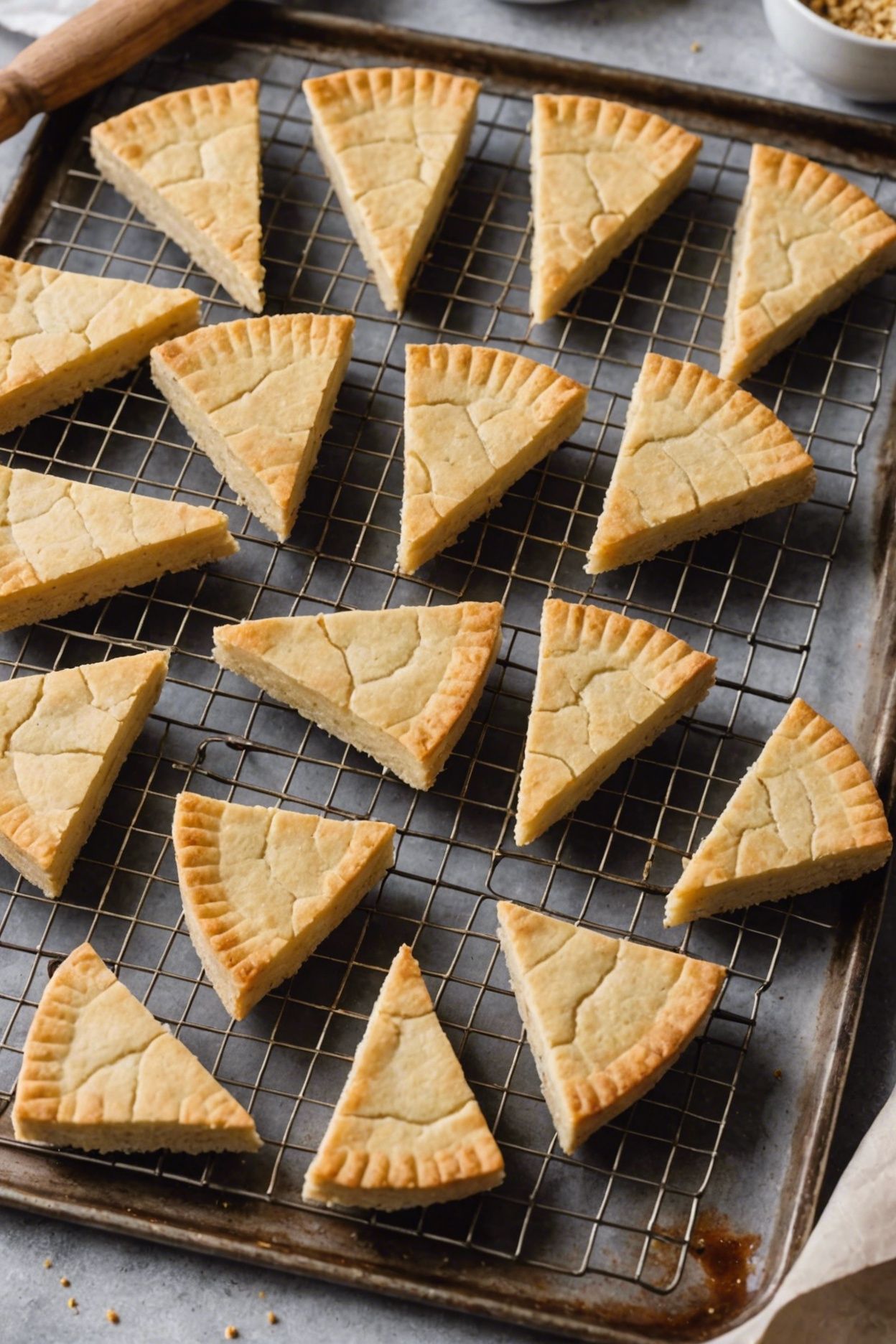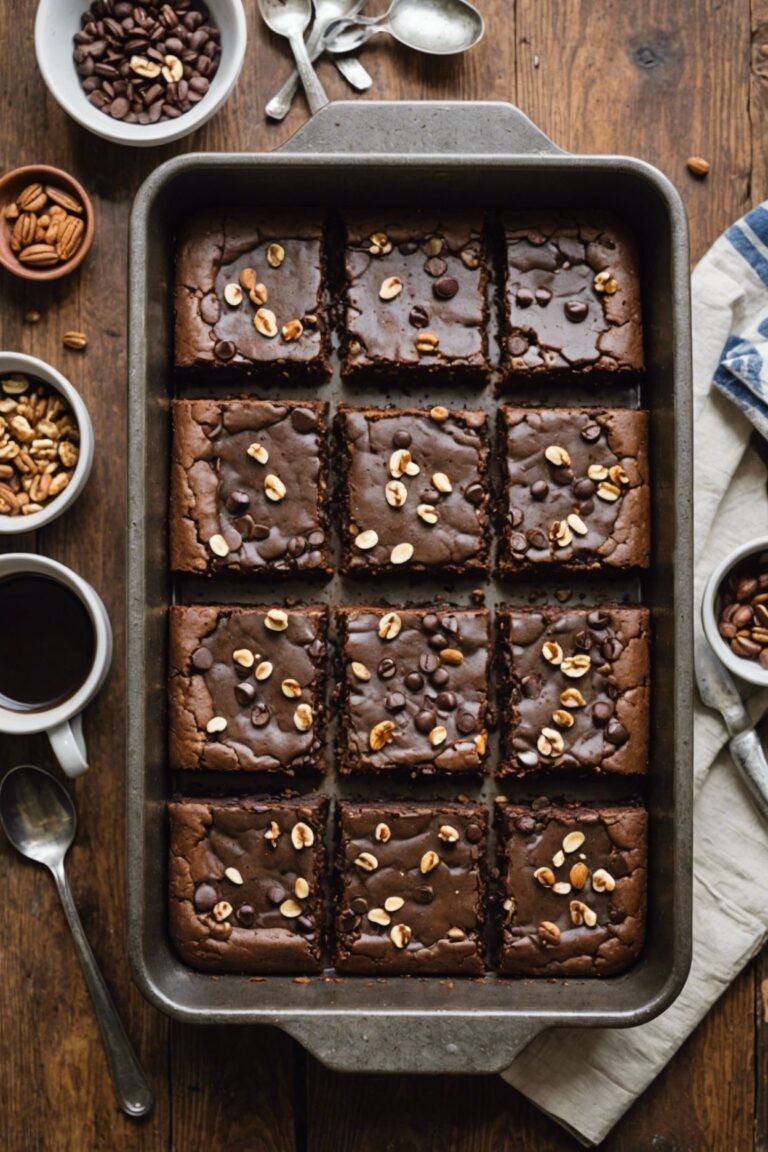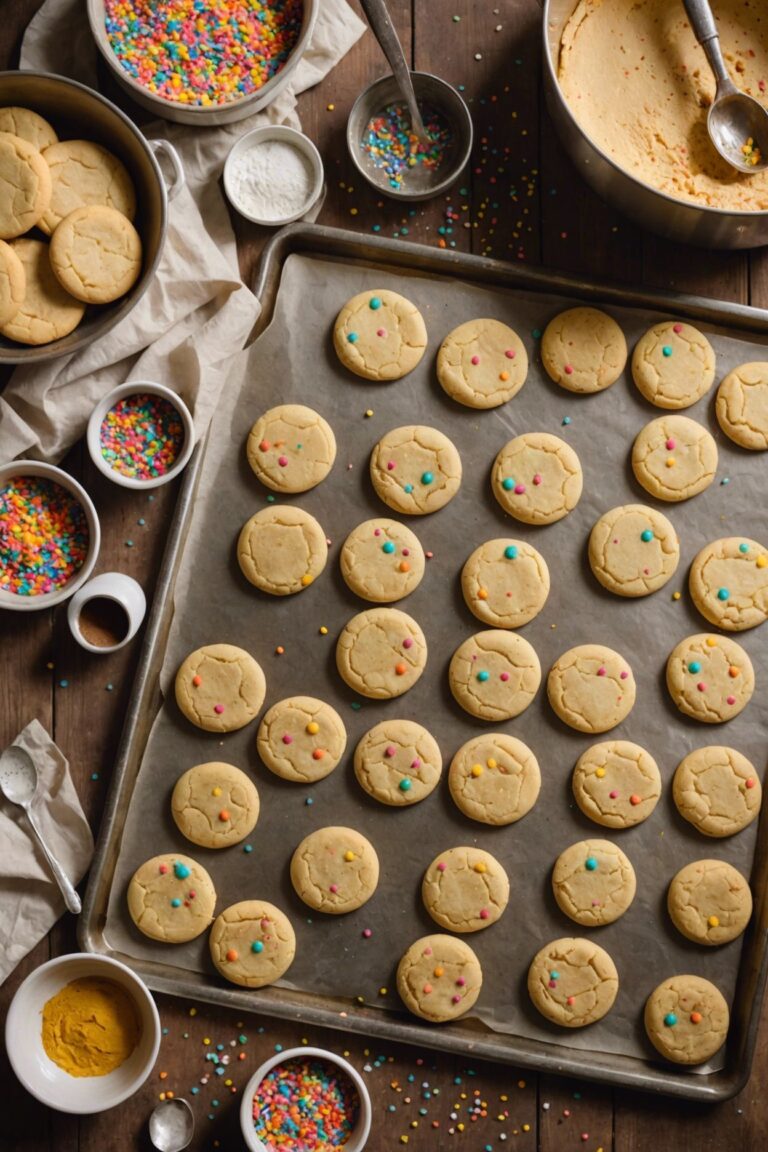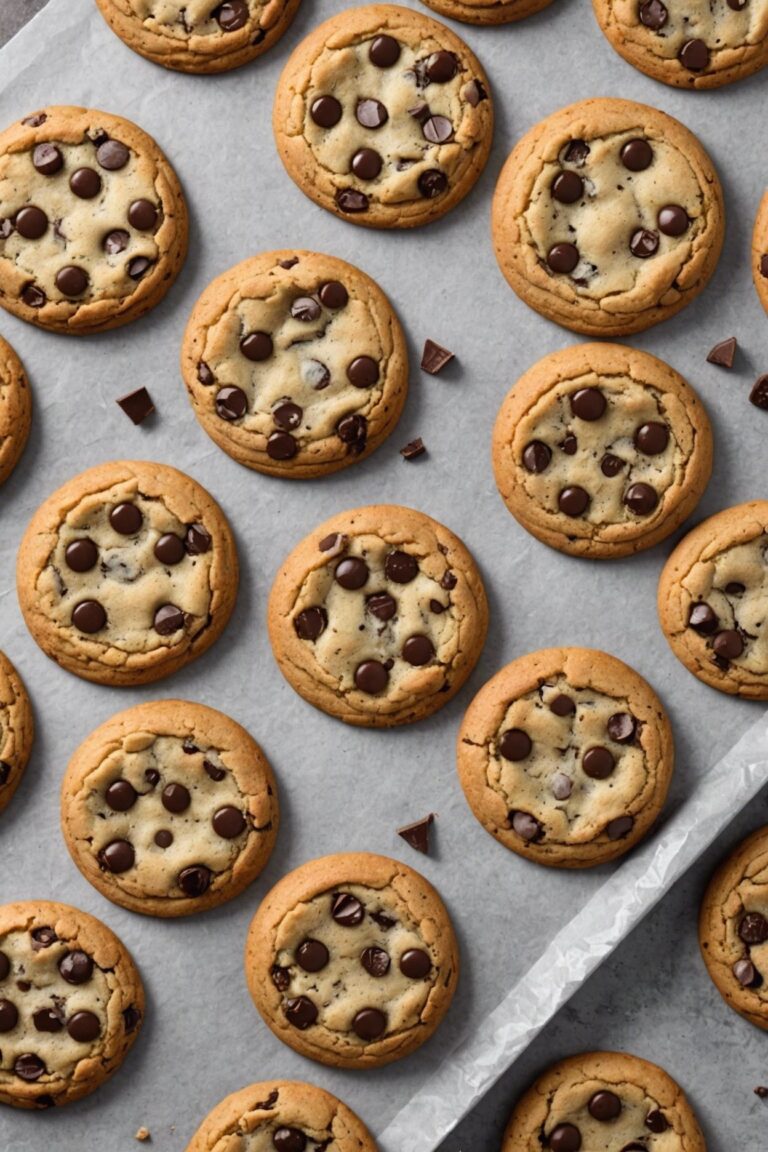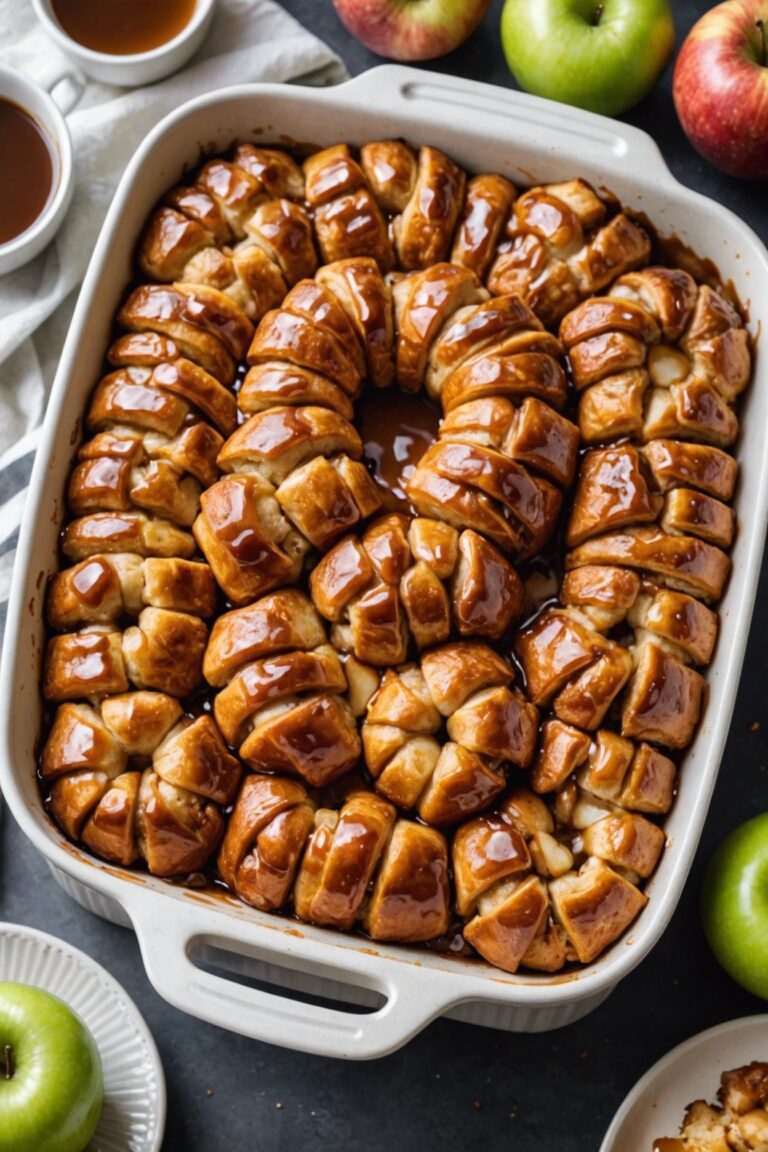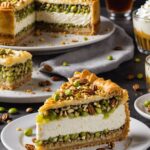My New Cookbook is Out! Check Out Now!
Melt In Your Mouth Shortbread
Rich, buttery shortbread that simply melts in your mouth – is there anything more divine?
This classic Scottish treat is surprisingly simple to make, requiring just a few ingredients and some gentle mixing.
The result is a crumbly, buttery delight that’s perfect with a cup of tea or as a sweet snack on its own.
Ready Time
40 mins
Yields
4 servings
Ingredients
- 1 1/2 sticks (6 tablespoons) unsalted butter, softened
- 1/2 cup granulated sugar
- 2 cups all-purpose flour
- 1/4 teaspoon salt
Instructions
Preheat your oven to 300°F (150°C). Line a baking sheet with parchment paper or a silicone mat.
In a large mixing bowl, cream the softened butter and granulated sugar together until light and fluffy.
It’s okay to get in there with a wooden spoon or an electric mixer – whatever works best for you! In a separate bowl, whisk together the all-purpose flour and salt. You can even sift it if you’re feeling fancy! Gradually add the flour mixture to the butter mixture, stirring until a dough forms.
Don’t overmix, or your shortbread might end up tough! Turn the dough out onto a lightly floured surface and gently knead it a few times until it comes together.
Pat the dough into a circle that’s about 1/2 inch thick. Cut the dough into 8 wedges, kind of like you’re cutting a pie.
Place the wedges about 1 inch apart on your prepared baking sheet.
Bake for 18-20 minutes, or until the edges are lightly golden. You might need to rotate the baking sheet halfway through to ensure even baking.
Remove the shortbread from the oven and let it cool on the baking sheet for 5 minutes.
Then, transfer the wedges to a wire rack to cool completely. That’s it! You should now have 4 servings of melt-in-your-mouth shortbread.
Notes
Use high-quality, fresh ingredients to get the best flavor and texture out of your shortbread.
Also, make sure your butter is soft – this will make it easier to cream with the sugar.
If you don’t have a silicone mat or parchment paper, you can grease your baking sheet with butter or cooking spray instead.
Don’t overmix the dough! This can cause your shortbread to turn out tough.
Stop mixing as soon as the dough comes together in a ball.
If you find that your dough is too sticky, try adding a little more flour.
If it’s too dry, try adding a little more butter.
Keep an eye on your shortbread while it’s baking – you might need to rotate the baking sheet halfway through to get even browning.
Let your shortbread cool completely on a wire rack before serving.
This will help it to retain its texture and flavor.
You can store your shortbread in an airtight container for up to 3 days.
You can also freeze it for up to a month and thaw at room temperature when you’re ready to serve.
Nutrional Value
- Calories: 220
- Total Fat: 12g
- Saturated Fat: 8g
- Cholesterol: 20mg
- Sodium: 50mg
- Total Carbohydrates: 26g
- Dietary Fiber: 0g
- Sugars: 6g
- Protein: 2g
